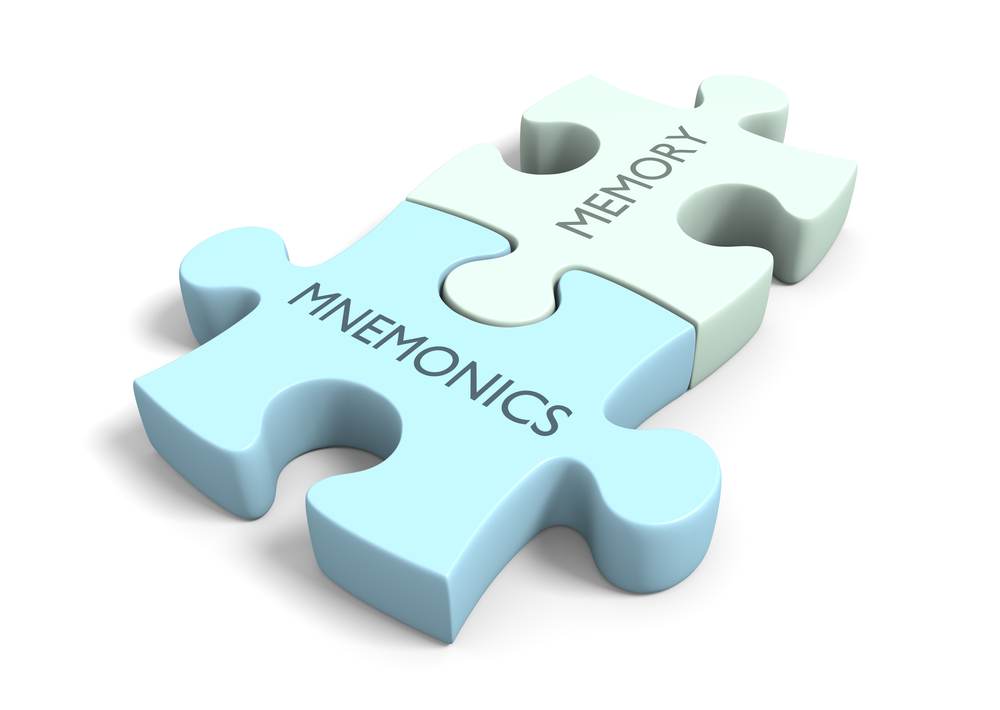Science Worksheets Activities With Answers for Ages 3-9
17 filtered results
-
From - To
Explore our engaging Science Worksheets Activities tailored for children ages 3-9! Designed to foster curiosity and enhance learning, these worksheets cover various scientific concepts in fun and interactive ways. Perfect for at-home learning or classroom use, our activities encourage critical thinking and hands-on exploration. Each worksheet comes with easy-to-understand questions and answers, making it simple for kids to learn independently. Topics include basic biology, earth science, and physical science, ensuring a well-rounded introduction to the wonders of the natural world. Let your little explorers discover science while developing essential skills through our thoughtfully crafted worksheets!


Matter: Assessment 1 Worksheet
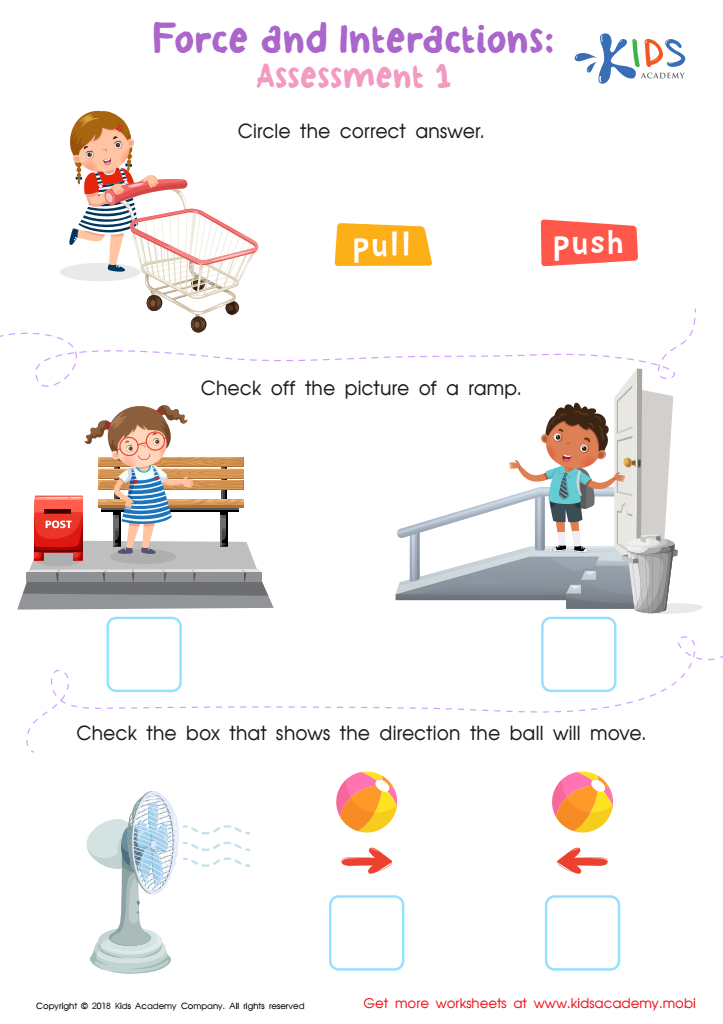

Force and Interactions: Assessment 1 Worksheet
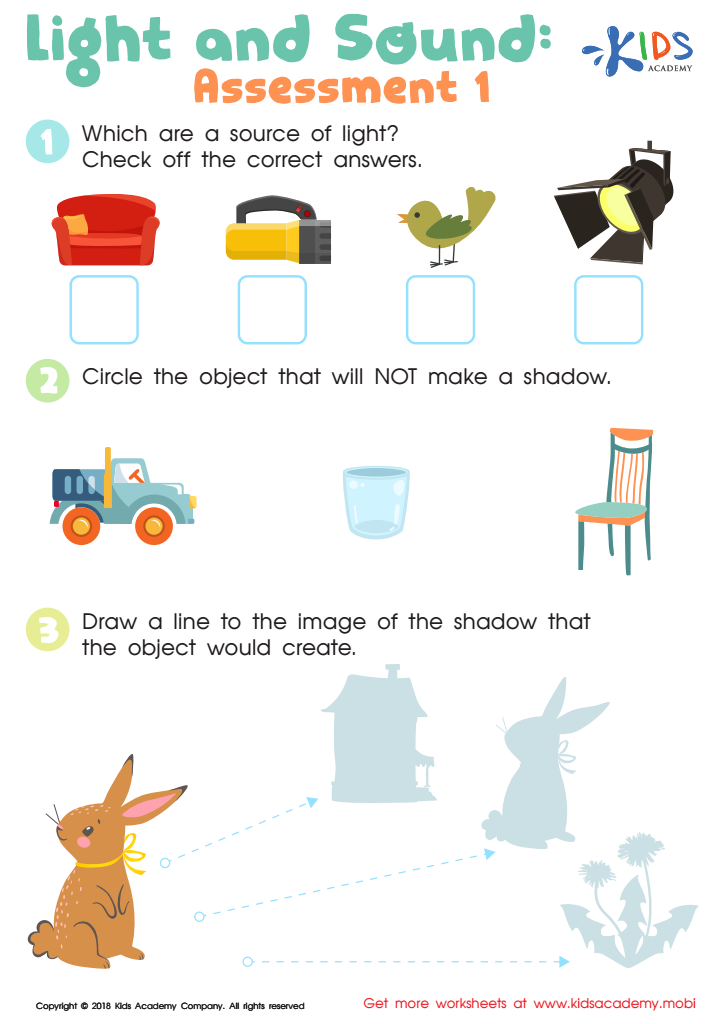

Light and Sound: Assessment 1 Worksheet
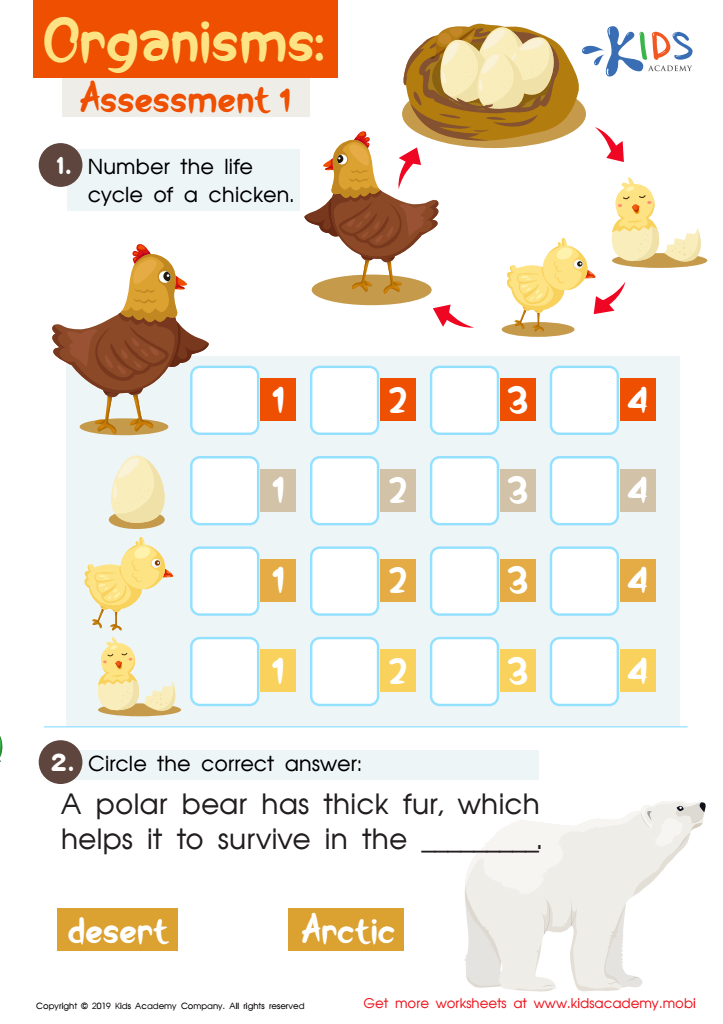

Organisms: Assessment 1 Worksheet
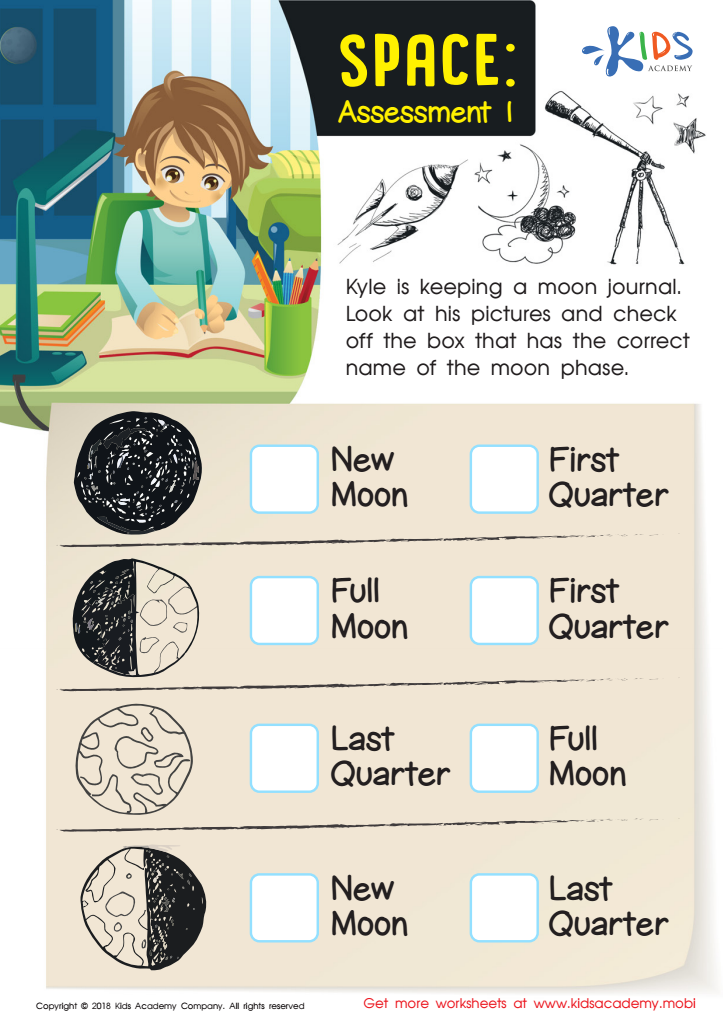

Space: Assessment 1 Worksheet


Ecosystems: Assessment 1 Worksheet
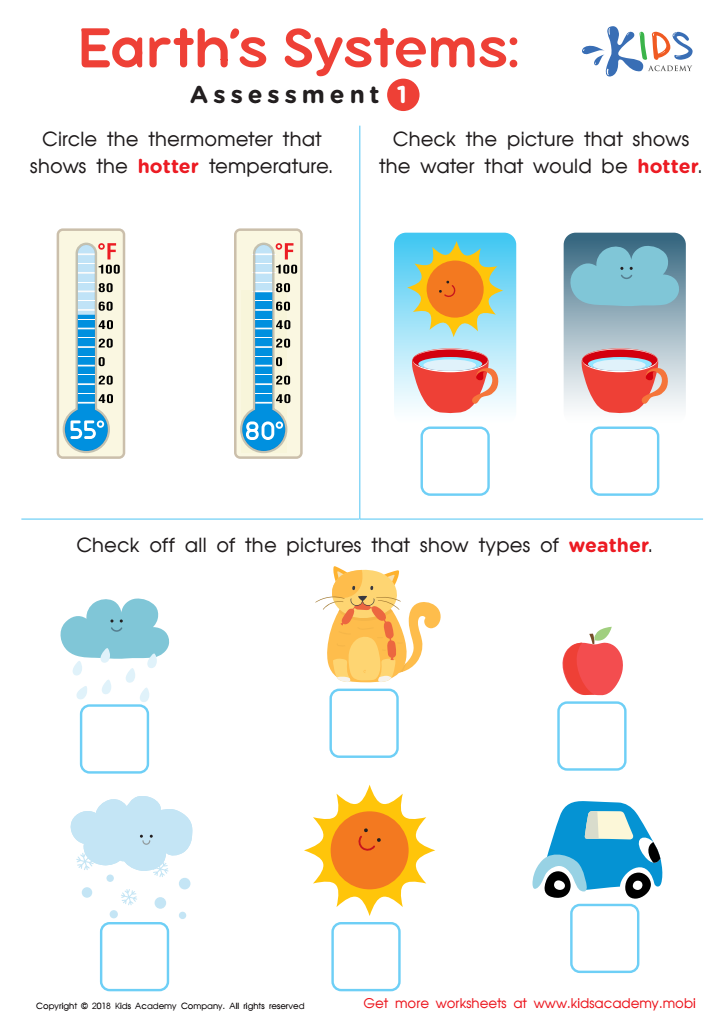

Earth's Systems: Assessment 1
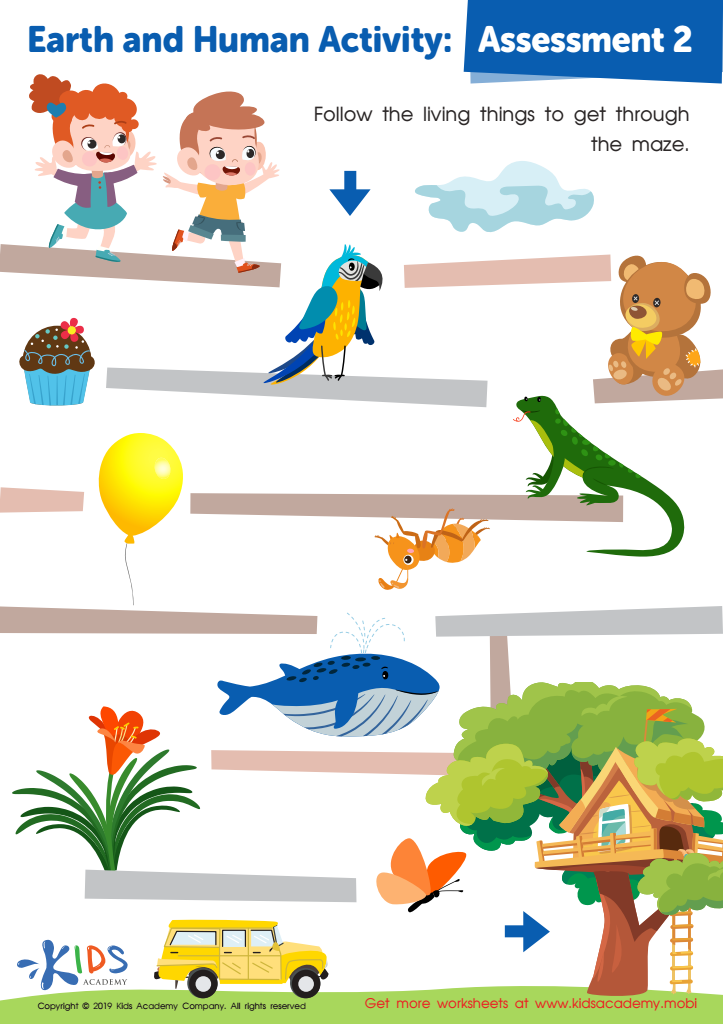

Earth and Human Activity: Assessment 2 Worksheet
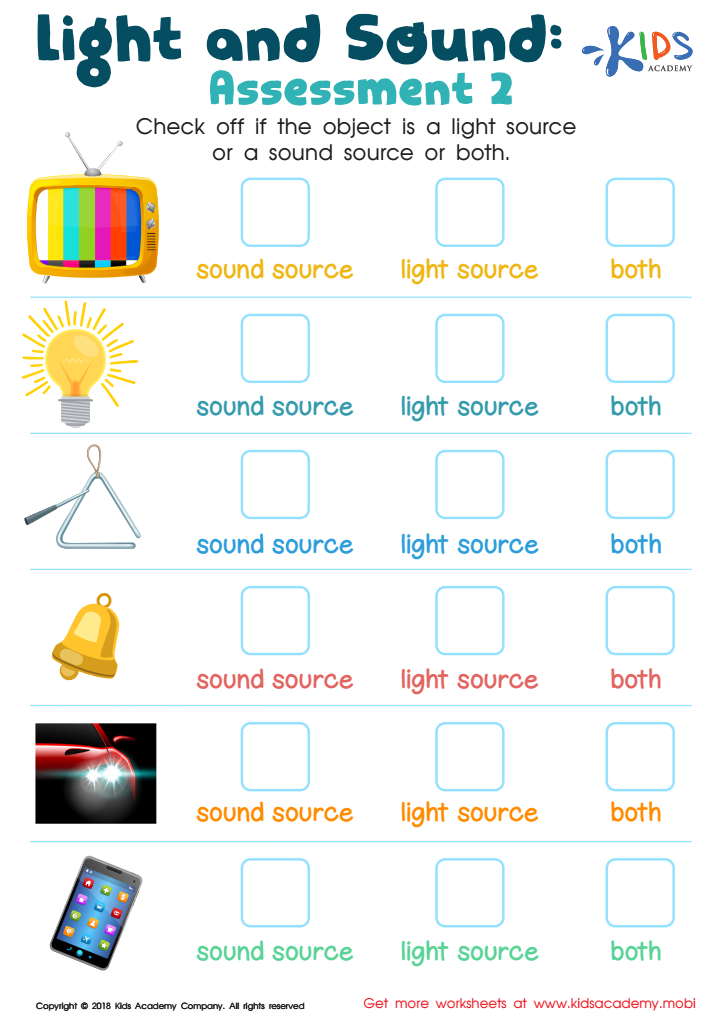

Light and Sound: Assessment 2 Worksheet
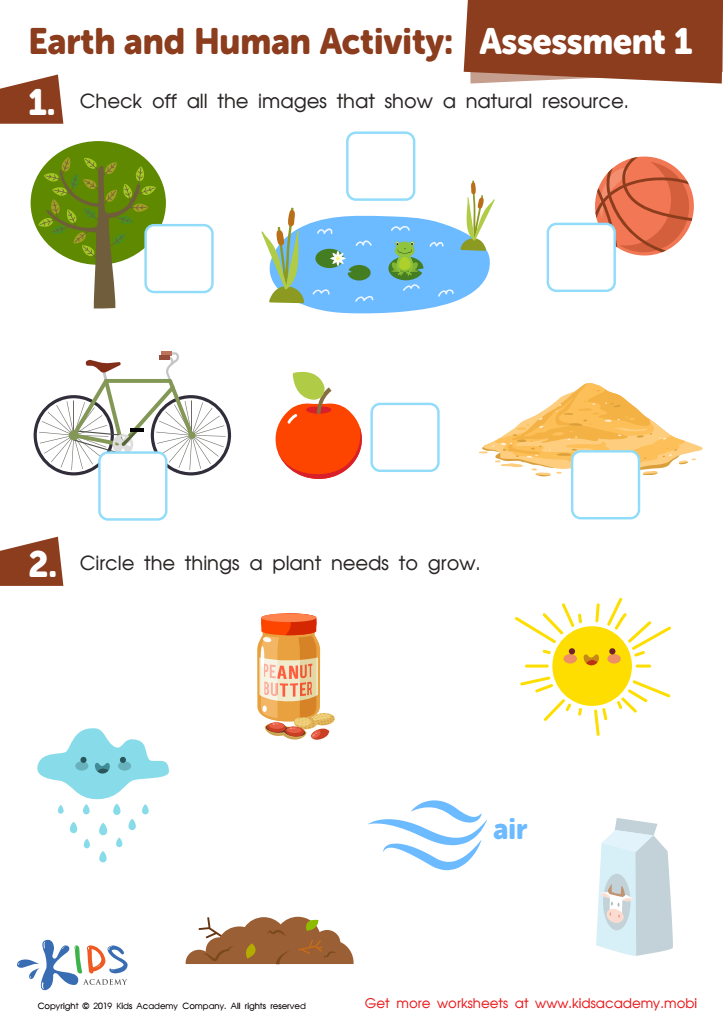

Earth and Human Activity: Assessment 1 Worksheet
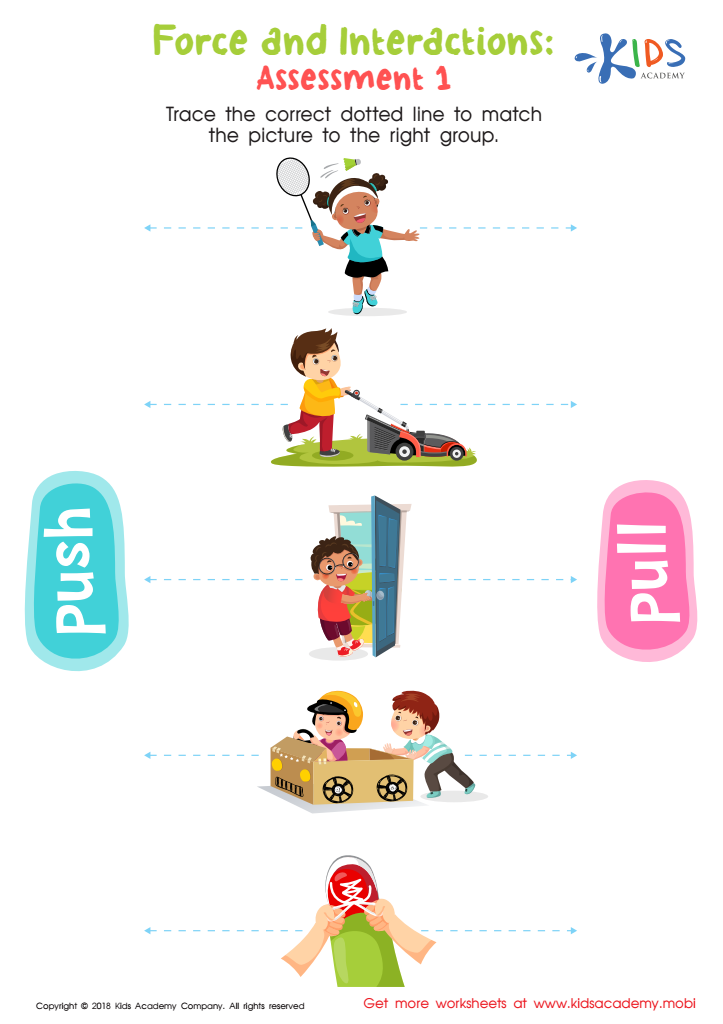

Force and Interactions: Assessment 2 Worksheet


Animals and Plants: Assessment 2 Worksheet


Matter: Assessment 2 Worksheet
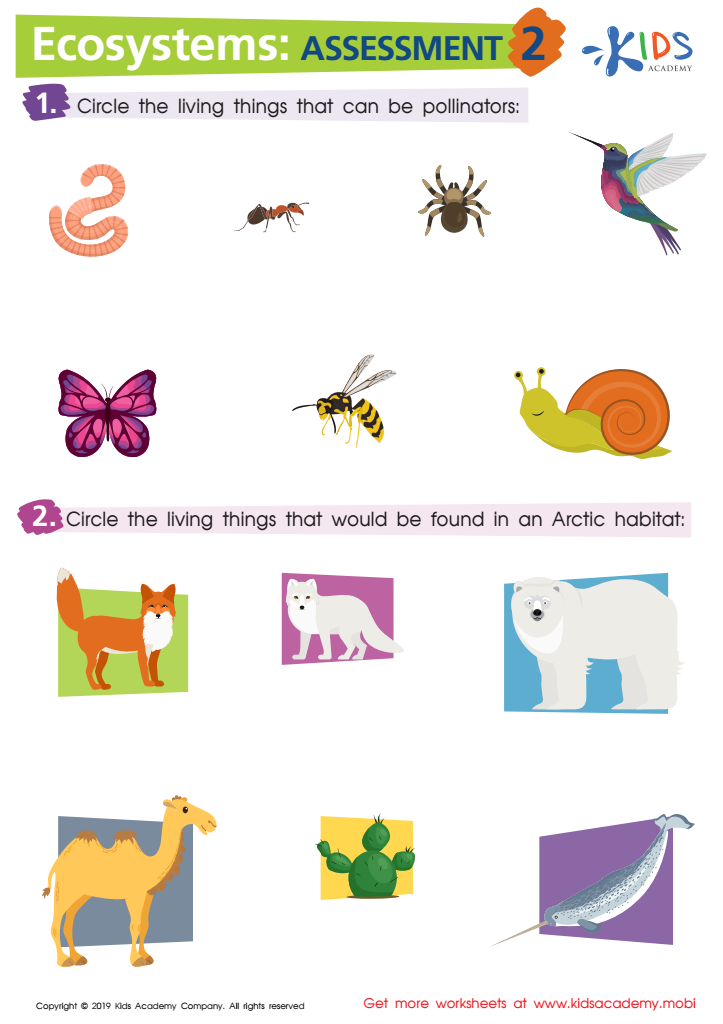

Ecosystems: Assessment 2 Worksheet
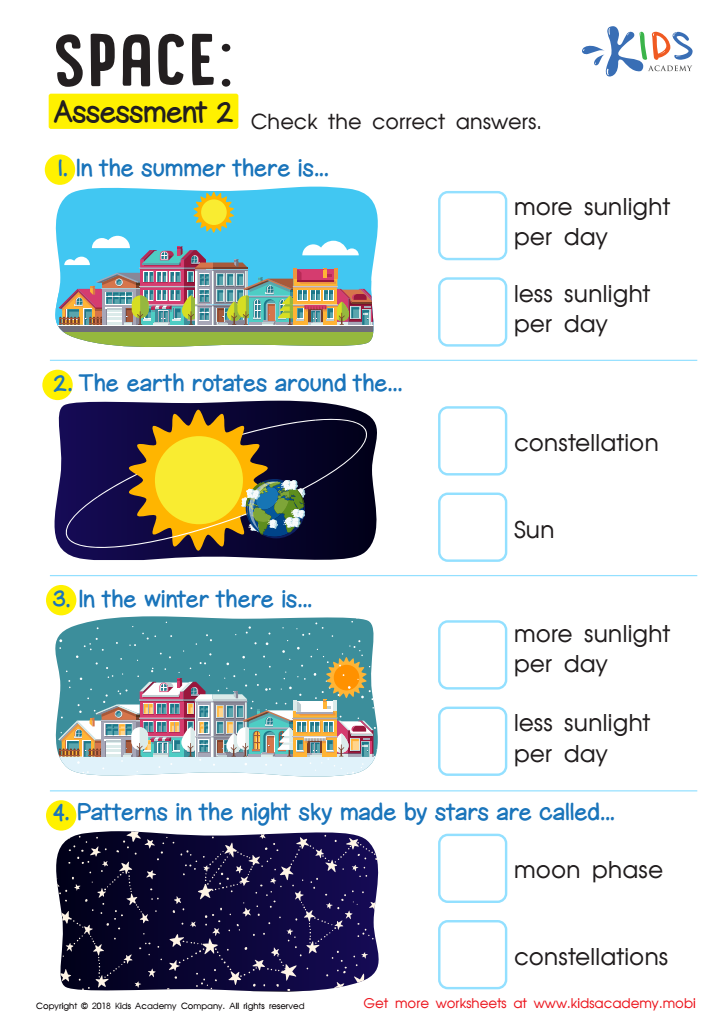

Space: Assessment 2 Worksheet
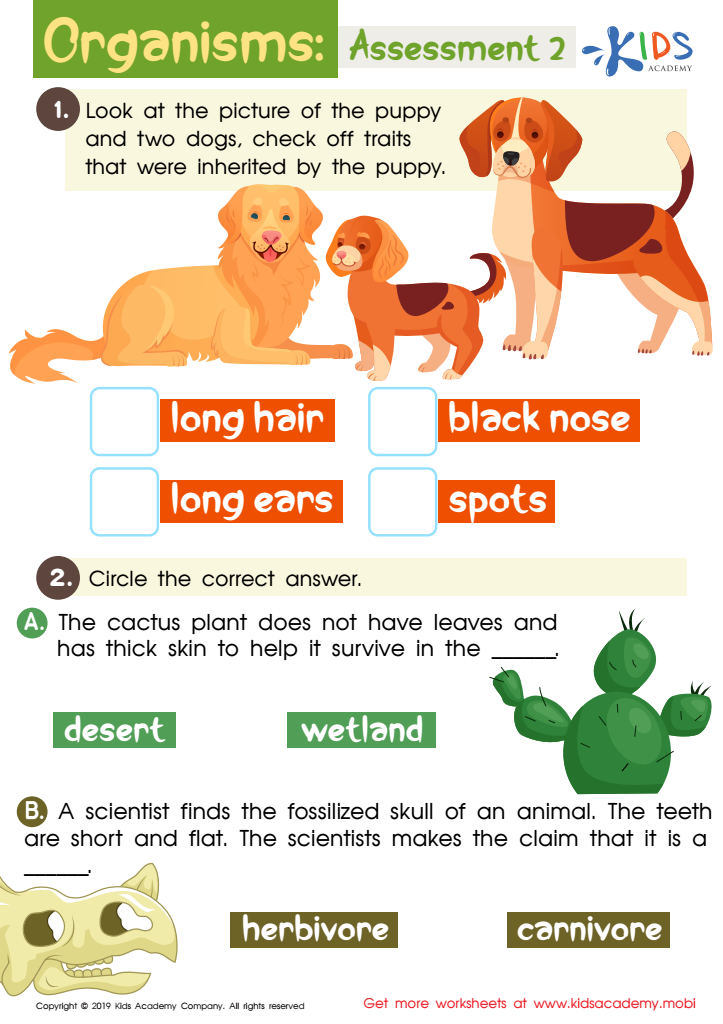

Organisms: Assessment 2 Worksheet
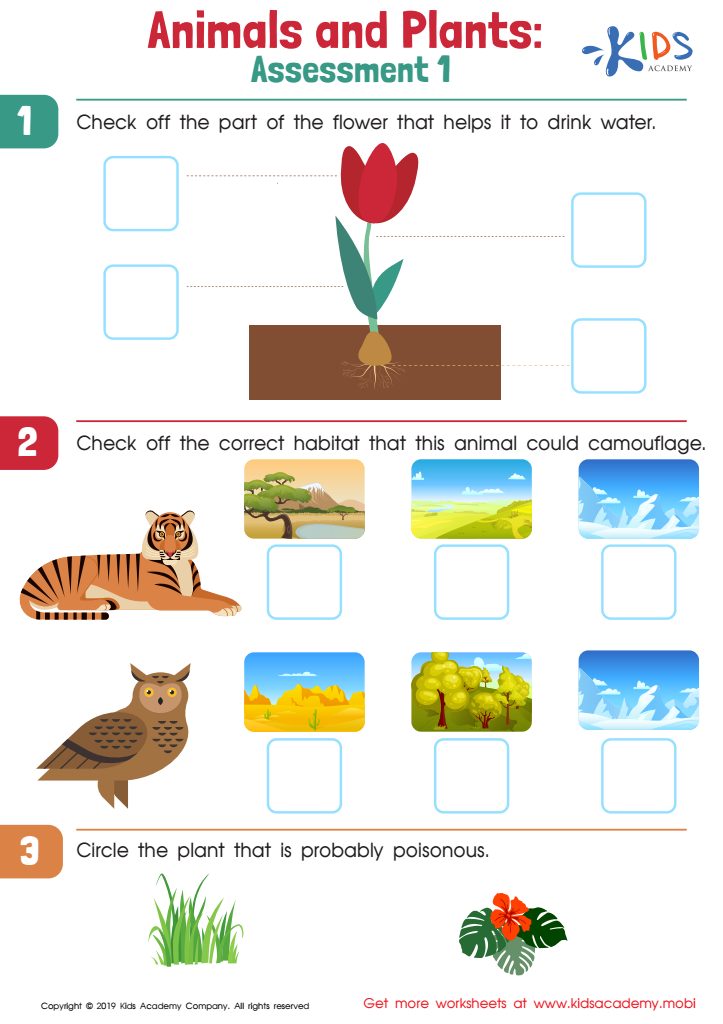

Animals and Plants: Assessment 1 Worksheet
Parents and teachers should care about science activities for ages 3-9 for several compelling reasons. First, engaging children in hands-on science fosters curiosity and critical thinking skills. When young learners explore concepts through interactive experiments, they gain a deeper understanding of the world around them. Science activities often require observation, questioning, and problem-solving, which are fundamental skills for lifelong learning.
Additionally, these activities help build a strong foundation in scientific principles, making complex concepts easier to understand later in life. Early exposure to science also promotes enthusiasm for the subject, helping to combat common apprehensions about science in older grades.
Moreover, science activities can significantly enhance language development as children learn new vocabulary related to scientific inquiry. Collaborating on activities can also strengthen social skills, teaching teamwork and communication.
Finally, providing structured, yet playful science experiences at a young age aligns with educational standards and supports cognitive development, ensuring children are better prepared for academic challenges in the future. By prioritizing science activities, parents and teachers are not only nurturing interest in a crucial subject but also fostering a generation equipped with innovative thinking and problem-solving skills essential for the challenges of tomorrow.
 Assign to My Students
Assign to My Students




